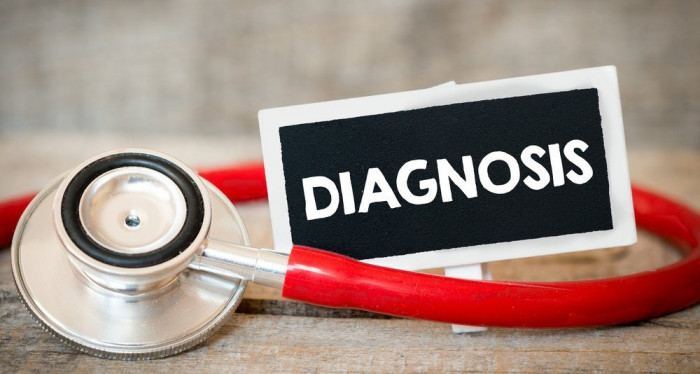‘Surviving and Thriving’ After an Unexpected Battle With Cushing’s Disease

Before my diagnosis in 2015, I hadn’t heard of Cushing’s disease. I didn’t even know what a pituitary gland was or what function it performed, but soon I found out how important it is to our bodies.
As a former competitive athlete who had always maintained an active lifestyle, I started noticing that my workouts were getting tougher to complete by the end of 2013. I assumed that rest was playing a factor, so I started scaling back on my workout routine. But then I felt like I wasn’t getting enough rest, as I was constantly tired.
During this time I also worked a highly stressful job, so I assumed this was contributing to my declining health. I also began dealing with other symptoms: migraines, mood swings, extreme weight gain, concentration issues, aches and pain in my lower back, swelling, and low libido.
An increase in these issues became alarming, so I consulted with a physician about what was going on. Initially, I was diagnosed with hypogonadism (low testosterone in men). But the treatment for it appeared to be making me worse. I ended up being hospitalized with fluid around my heart in 2015. Naturally, frustration set in. I wanted answers.
I was referred to an endocrinologist who strongly suggested to my insurance company that we complete an MRI. Lo and behold, doctors discovered a mass on my pituitary gland, and I was diagnosed with Cushing’s disease.
Once I received the news I was relieved, but I was only interested in how we would get the tumor out. I was introduced to a neurosurgeon who told me about transsphenoidal surgery. According to the American Cancer Society, this surgery involves removing the tumor by going through the sphenoid sinus (a space behind the nasal passages and below the brain) to reach the pituitary gland. The success level of this surgery is very high, which is why it was recommended.
Four weeks after undergoing this surgery, I had another procedure called Gamma Knife. This is a single dose of radiation targeted at any remaining tumor. It was an outpatient procedure and I was home the same day with only a really bad headache.
In January 2016, I returned to work prematurely. In my mind, I needed to get back to being the provider in my home and prove to myself that I was OK. I underestimated what the recovery process would be like mentally and physically. There were some very dark days, but overall, there were more good days than bad.
The one thing I had to accept was that my life had changed. The plan moving forward was to set attainable goals to meet health milestones. By 2018, there were no more signs of my tumor. By 2019, I was no longer on prescribed medication.
My family and friends have noticed the overall improvement of my well-being. My battle with Cushing’s disease tested me and those who care for me in ways I never expected, so when I say that I am thriving, these are not mere words but a truth that I live by.
Stay encouraged, focused, and thriving.
***
Note: Cushing’s Disease News is strictly a news and information website about the disease. It does not provide medical advice, diagnosis, or treatment. This content is not intended to be a substitute for professional medical advice, diagnosis, or treatment. Always seek the advice of your physician or other qualified health provider with any questions you may have regarding a medical condition. Never disregard professional medical advice or delay in seeking it because of something you have read on this website. The opinions expressed in this column are not those of Cushing’s Disease News or its parent company, BioNews, and are intended to spark discussion about issues pertaining to Cushing’s.







Comments